#territoryofcollaboration I have been referring to a collaborative project with CS1 Curatorial Projects (learn more at CS1'a Facebook link at bottom) called #territoryofcollaboration. Part of my work with this week was looking at design forms in the house that we - in our collaboration - may pick up on and mimic or repeat in the garden materials. As I got looking closely, I came to understand what characterizes this as a "Queen Anne Style" house. Where it is accurate to refer to it as a "Victorian," that label does not tell us much about its architectural characteristics, it only refers to an era of fashion from about 1850 to 1910. (I have seen different dates marking the era). To say "Queen Anne" is to point directly to specific features of the house, not a date range. Essential elements to a "Queen Anne" (found here) are (1) an asymmetrical facade, (2) towers or turrets - sometimes cantilevered out from the second floor, (3) a porch that always includes the front entry area and covers part or all of the facade, (4) decorated gables [in the peak seen in first image below], and (5) differing wall textures - here having two different types of shingles with brick below the second floor. We feel the "turret" or "towers" are prominent in the everyday imagination of architecture in many parts of Buffalo; and in saying this, it points to the prominence of the Queen Anne style around the city. Below are site images of #territoryofcollaboration. https://www.facebook.com/pages/CS1-Curatorial-Projects/165938883611938 3/24/2014 Buffalo Landscape: What is HorticultureWhat is Horticulture and why "Buffalo Horticulture."
3/10/2014 Buffalo Landscape Design: On Process
http://www.amazon.com/Robert-Irwin-Garden-Lawrence-Weschler/dp/0892366206/ref=sr_1_1?ie=UTF8&qid=1394481794&sr=8-1&keywords=Robert+Irwin+Getty+Garden "Green" Stormwater management - a Superquick Introduction.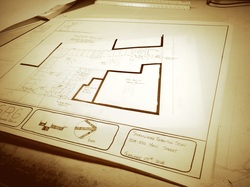 This sketch, or study as I often call them, when installed and realized in the world, will take approximately 250,000 gallons of stormwater per year, capture it, filter it, and infiltrate it back into the ground water. "What is Green Infrastructure" is a wide ranging question - but I may suggest it is a critical position towards the development of the everyday machinery that runs a town or city. The city, as something built and designed, has to do things. It needs to deliver water, take away garbage, sewage, bring electric, fuel for heat, etc. One of the major infrastructural components in the city is the system that drains away the water when it rains. Those grates that you find every so often in the street, the small concrete swales, ditches, all the way up to less recognizable forms such as the retention pond, flood basin, or, well, the nearest stream or river. When it rains, the water can't go anywhere. It falls onto roofs, parking areas, and streets and can't move into the ground because these surfaces are hard and "impervious" to water. So, it is generally planned in any development to have this water carried away somehow. In dealing with stormwater, there is first the concern that as stormwater moves over these surfaces it picks up and flushes away what accumulates on it - antifreeze, leaked oil, tire ware, etc. This often is carried directly into the nearest waterway, and then, your drinking water - simultaneously affecting wild and plantlife. Secondly, especially in the older cities, (BUFFALO!) the infrastucture - storm sewer - was designed before parking lots of the expansion of certain types of development. So, these "infrastructural systems" can't handle the heavy load of runoff. So, in a heavy rain, the system overflows and the contaminants fail to be contained. Managing stormwater on site is specific to that site. Not every town or city has the same design to handle stormwater as well as the soils of each site demand specifically designed systems. So, as part of landscape design and site development we are looking for ways to prevent water from flowing into the storm sewer. "Green Technologies" such as the Bioretention Cells, Swales, and permeable paving allow water to be "captured" and "impounded" in the landscape. And so the plan above will impound a quarter million gallons per year. And, its only a parking lot with about 25 parking spaces. |
Matthew DoreLandscape designer and Proprietor of Buffalo Horticulture Archives
April 2020
Categories |
Telephone(716)628.3555
|
|
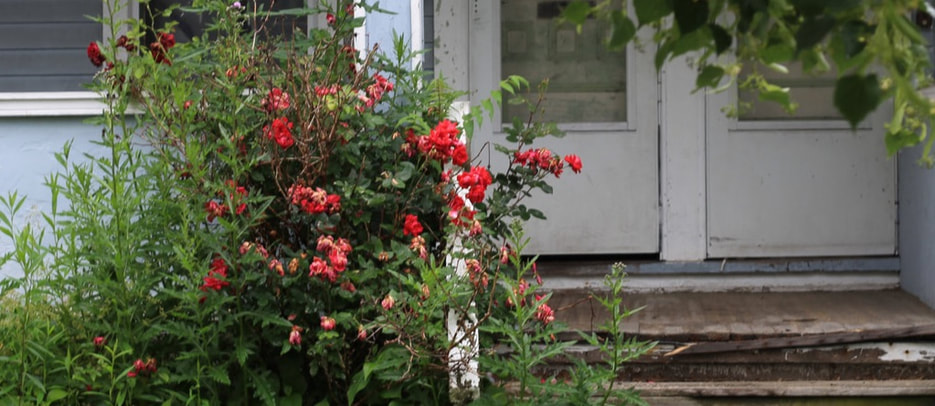
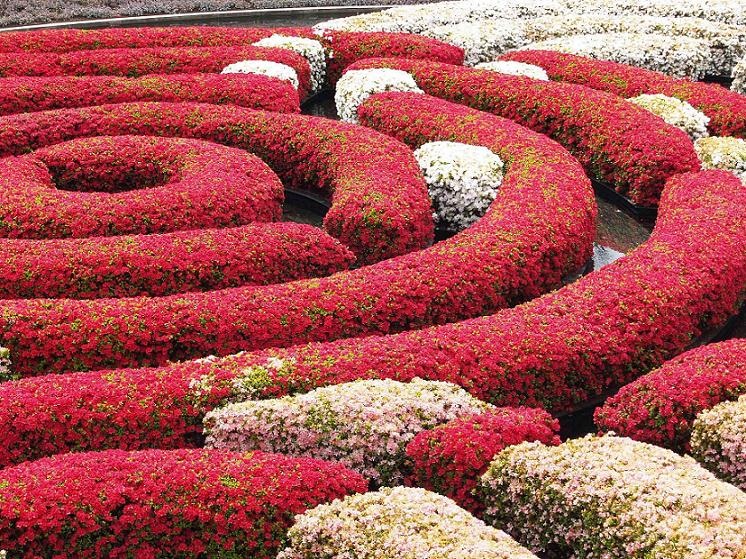
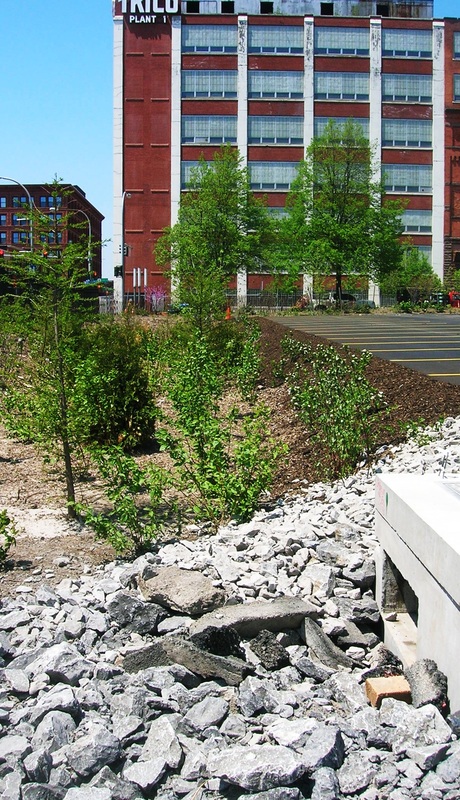
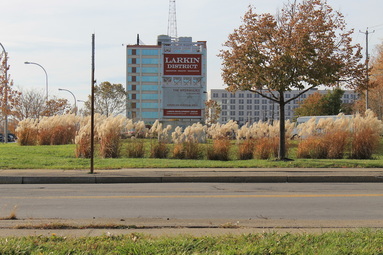
 RSS Feed
RSS Feed